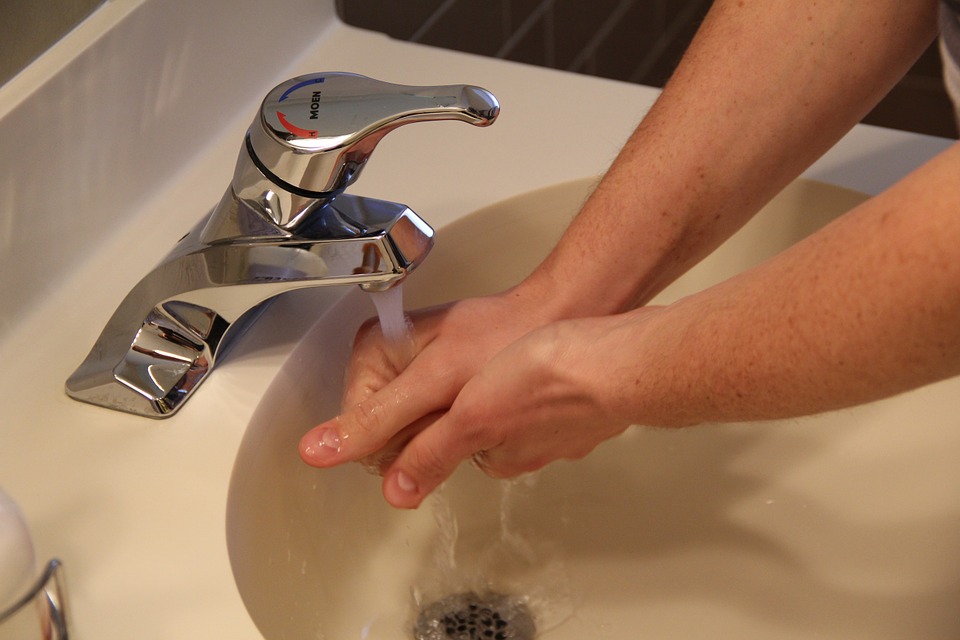Decontamination of Wastewater. Protection of drinking water, as well as surface and underground water bodies from pollution is a serious problem of humanity, because the need for clean drinking water is always growing.
Water bodies contain naturally occurring impurities along with chemical pollutants of various compositions (pesticides, phenols, petroleum products, heavy metal salts, nitro compounds, etc.), which enter water bodies with insufficiently treated industrial and domestic wastewater. The technologies and equipment currently used for wastewater treatment do not always provide the required level of cleaning and decontamination.
The methods of wastewater decontamination are divided into the following groups:
- Chemical (using various chlorine compounds, ozone, hydrogen peroxide, organic polymers and other biocides);
- Physical (thermal, electrical, electromagnetic);
- Physicochemical (flotation, coagulation, electro filtration, adsorption);
- Decontamination in artificial and natural biocenosis.
Decontamination of Wastewater. European countries are abandoning wastewater treatment with chlorine, preferring treatment with ultraviolet light, ultrasound and various combined methods.
Today, Germany, the UK and the US almost completely abandoned the use of chlorine. Chlorine-containing reagents have a number of significant faults. Chlorine interacts with organic substances contained in wastewater and forms chloroform, carbon tetrachloride, bromodichloromethane, dibromochloromethane and benzopyrene which have mutagenic and carcinogenic effects. A small dose of active chlorine of 365 mg / dm3 at 30 minutes in some cases is not sufficient for disinfection of wastewater. Using higher doses of active chlorine is unsafe. Furthermore, the use of chlorine requires safe storage and transportation.
Decontamination of Wastewater. The twentieth century studies have found that bacterial and viral microbial flora in wastewater is completely removed only with active chlorine dose of 15620 mg / dm3 in two hours.
The experiments in disinfection of wastewater from polioviruses with the help of chlorine, chlorine dioxide and ozone showed the best results with chlorine dioxide compared to chlorine.
The advantages of chlorine dioxide as a disinfectant in comparison with chlorine are as follows:
- Oxidizing ability of chlorine dioxide is higher than that of chlorine;
- Biocidal activity of chlorine dioxide is higher than that of chlorine at the same amounts of reagents;
- Properties of chlorine dioxide are not dependent on the pH of water;
- Chlorine dioxide reacting with ammonia and amines does not form chloramines and toxic byproducts of chlorination (trihalomethanes);
- Organic oxidation products oxidize and do not create danger when released into the natural water bodies as compared to trihalomethanes, that do not oxidize and accumulate in the environment;
- Byproducts (chlorates and chlorites) are not dangerous for the environment, as chlorites quickly reduce to chlorides and chlorates and stable in aqueous environment
In some cases, disinfection is possible with the use of hypochlorite (sodium and calcium hypochlorite). However, the use of hypochlorite for the disinfection of drinking and wastewater is limited by its high cost and low stability.

